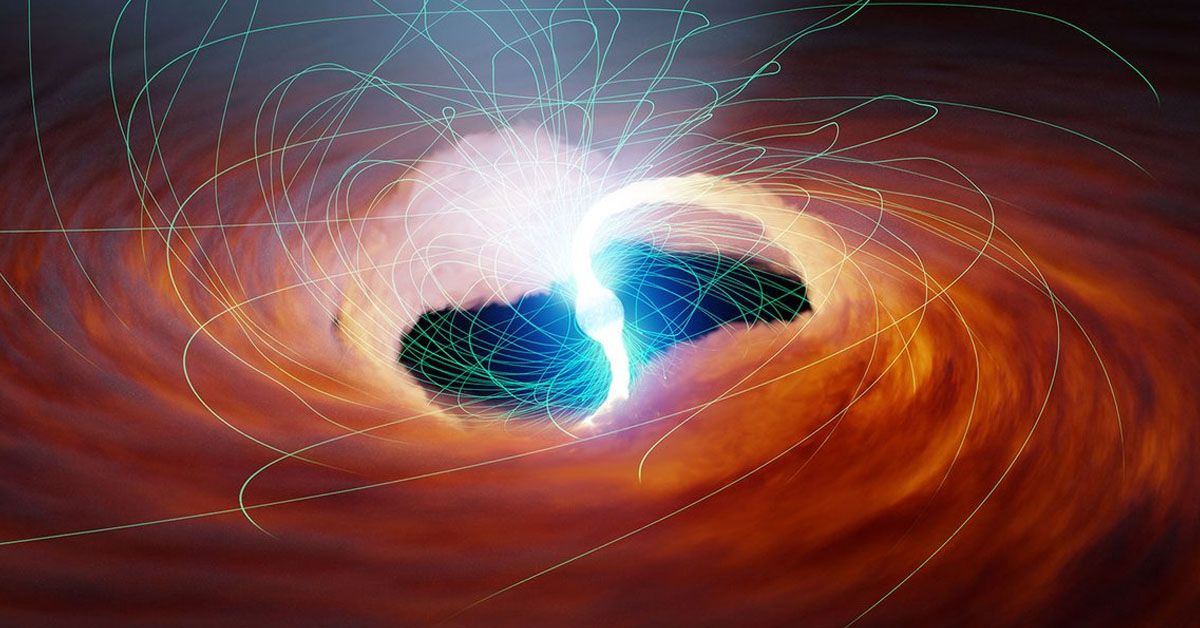Imagine gazing into the vast universe and stumbling upon an enigmatic cosmic object that puzzles even the most seasoned astronomers. Welcome to the world of ultra-luminous X-ray sources (ULXs)! These perplexing celestial bodies emit a staggering 10 million times more energy than our sun, leaving scientists both awestruck and bewildered. ULXs defy conventional wisdom in astrophysics, particularly when it comes to the Eddington limit, a fundamental physical law that dictates the maximum brightness an object of a given size can achieve.
Exceeding the Eddington Limit
To appreciate the astonishing behavior of ULXs, let's first delve into the Eddington limit and its role in astrophysics. This fundamental law, named after the renowned British astrophysicist Sir Arthur Eddington, determines the maximum luminosity an object can achieve based on its mass. It balances the inward gravitational force with the outward pressure exerted by radiation, ensuring that the object remains stable. In other words, the Eddington limit acts as a cosmic speed limit for an object's brightness.
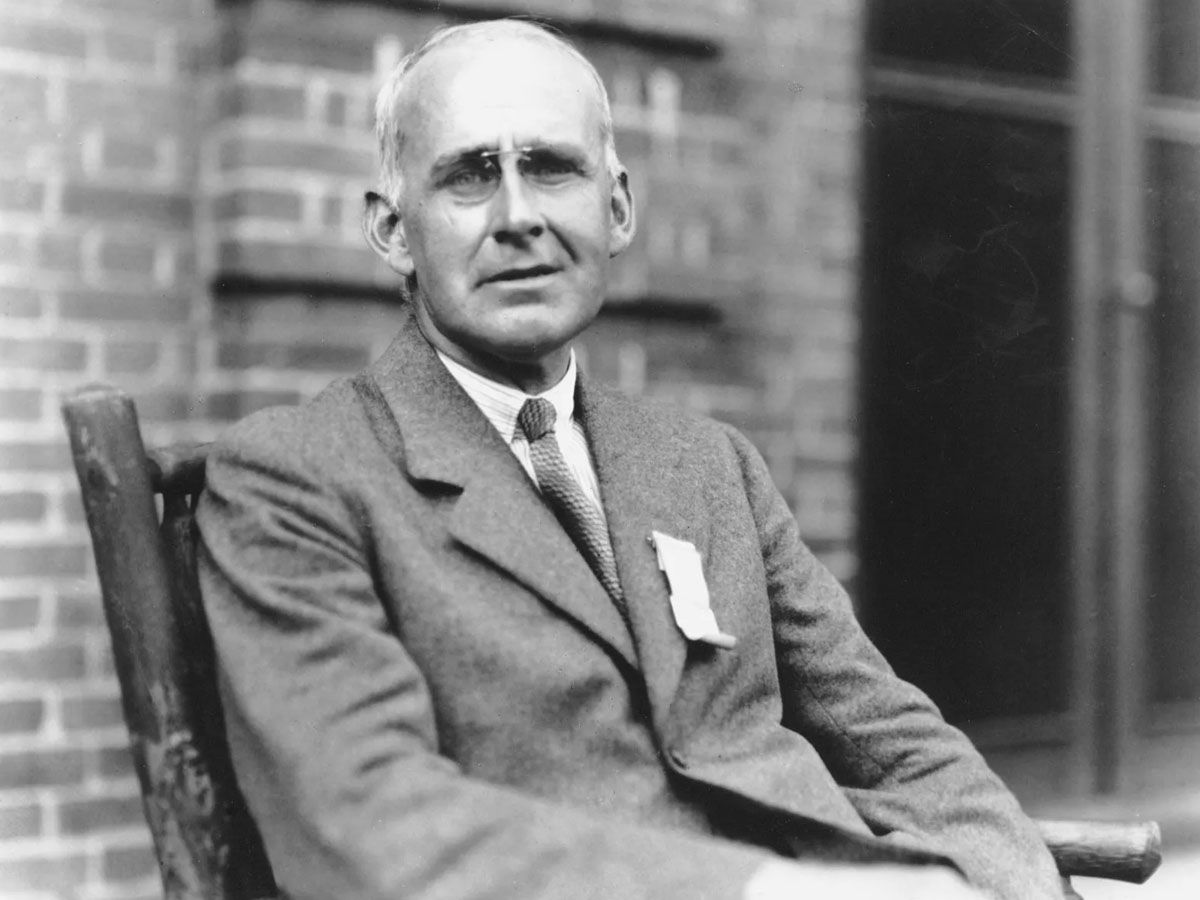
However, ULXs appear to scoff at this cosmic speed limit, routinely surpassing the Eddington limit by an astounding 100 to 500 times. This anomalous behavior has left scientists scratching their heads, searching for explanations behind the astounding luminosity of these celestial rule-breakers.
M82 X-2 - A Neutron Star Defying the Eddington Limit
One particular ULX that has captured the attention of researchers is M82 X-2. This cosmic object is no ordinary ULX, it's a neutron star, which is the compact, dense remnants of massive stars that have reached the end of their life cycle. Neutron stars possess intense gravity, approximately 100 trillion times stronger than Earth's, adding another layer of intrigue to the enigma of ULXs.
M82 X-2's staggering brightness is attributed to its voracious appetite for material from a neighboring star. Each year, it consumes around 1.5 Earths' worth of material, siphoning it off and producing an off-the-charts luminosity. This insatiable consumption has led M82 X-2 to defy the Eddington limit, propelling it into the spotlight as a fascinating object of study in the realm of astrophysics.
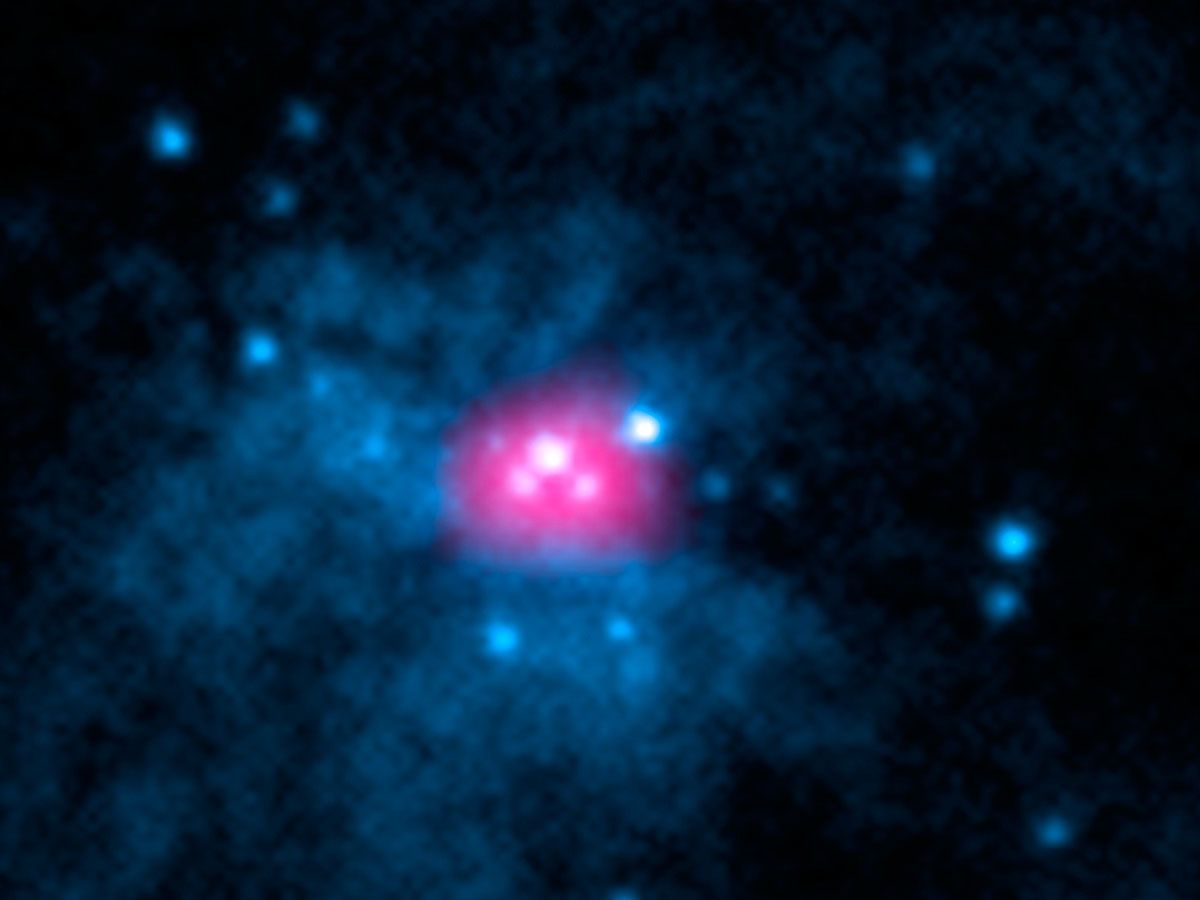
The Role of Magnetic Fields
As scientists strive to comprehend how ULXs break the Eddington limit, one compelling theory focuses on the role of magnetic fields. These cosmic objects possess magnetic fields billions of times stronger than the most powerful magnets on Earth. It's hypothesized that these intense magnetic fields play a crucial part in the exceptional brightness of ULXs.
The magnetic fields might distort atoms within the neutron stars, elongating them into stringy shapes. This deformation could reduce the ability of photons to push atoms away, allowing the stars to maintain cohesion despite their ever-increasing brightness. This theory offers a fascinating insight into the complex interplay between magnetic fields and the defiance of the Eddington limit by ULXs.
The Optical Illusion Hypothesis
Another intriguing explanation for the mind-boggling brightness of ULXs is the optical illusion hypothesis. According to this theory, strong winds surrounding the light source could form a hollow cone that concentrates most of the emitted light in one direction. If this cone is pointed directly at Earth, it could create an optical illusion, making the ULX appear much brighter than it actually is, thereby giving the impression that it exceeds the Eddington limit.
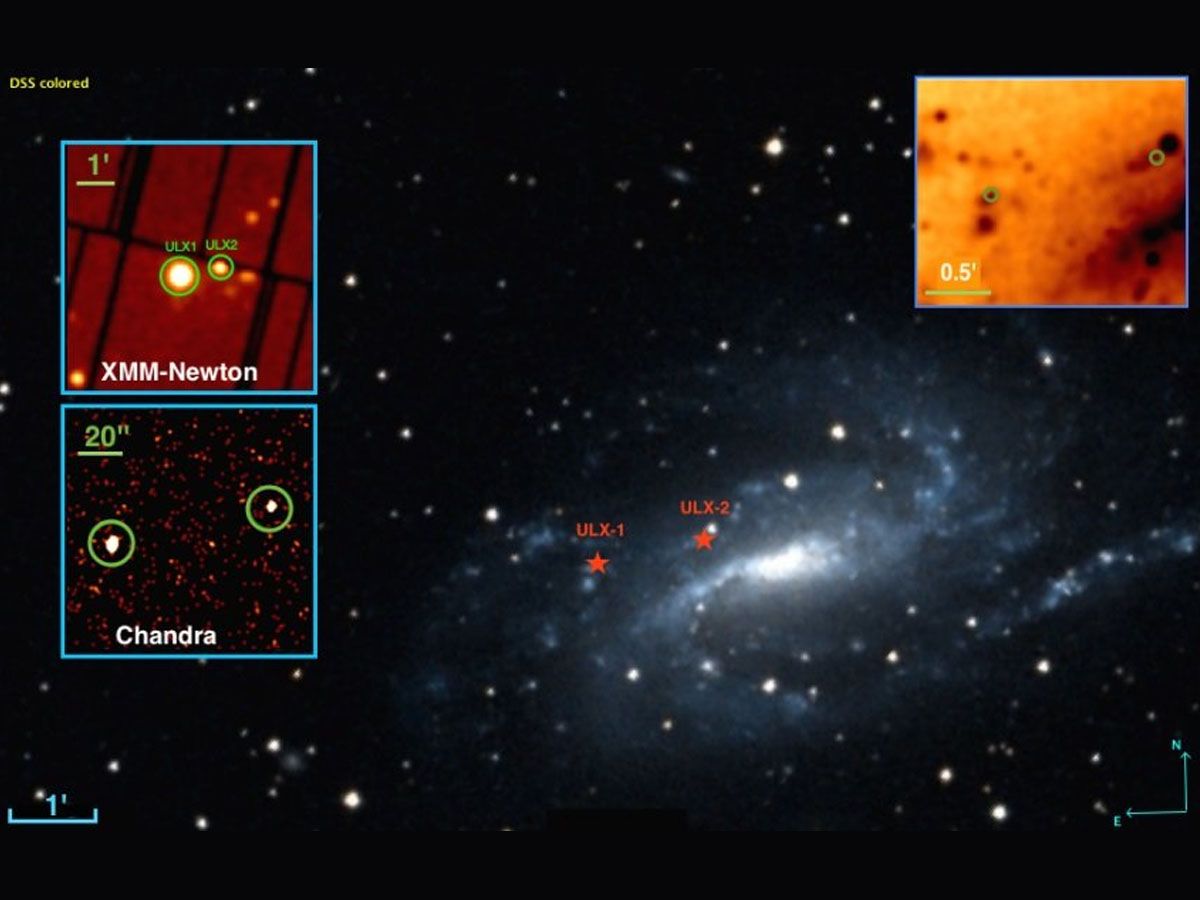
This hypothesis presents an interesting perspective on how the unique properties of ULXs and the nature of light emission can combine to create the appearance of these celestial enigmas breaking the Eddington limit. As research continues, scientists may uncover even more explanations for the extraordinary behavior of these perplexing cosmic objects.
NuSTAR's Role in Studying Ultra-Luminous X-ray Sources
NASA's Nuclear Spectroscopic Telescope Array (NuSTAR) has played a pivotal role in expanding our understanding of ULXs. One groundbreaking revelation was the reclassification of M82 X-2 as a neutron star, which was made possible by analyzing data collected by NuSTAR. Previously thought to be a black hole, M82 X-2's true nature was revealed due to the unique capabilities of NuSTAR in observing high-energy X-ray light emitted by these cosmic objects.
NuSTAR's ability to capture this high-energy light is essential for investigating the perplexing behavior of ULXs. By gathering detailed information about the brightness, energy spectrum, and variability of these celestial enigmas, NuSTAR has opened new doors for researchers to unravel the mysteries surrounding ULXs and their ability to exceed the Eddington limit.
Measuring Orbital Decay to Understand Mass Transfer Rates
A key aspect of understanding ULXs is estimating the mass transfer rates within these systems. One way to achieve this is by measuring the orbital decay of the ULX system, which can provide valuable insights into the rate at which material is transferred from the donor star to the compact object. NuSTAR's ability to observe high-energy X-rays makes it an ideal tool for this purpose.
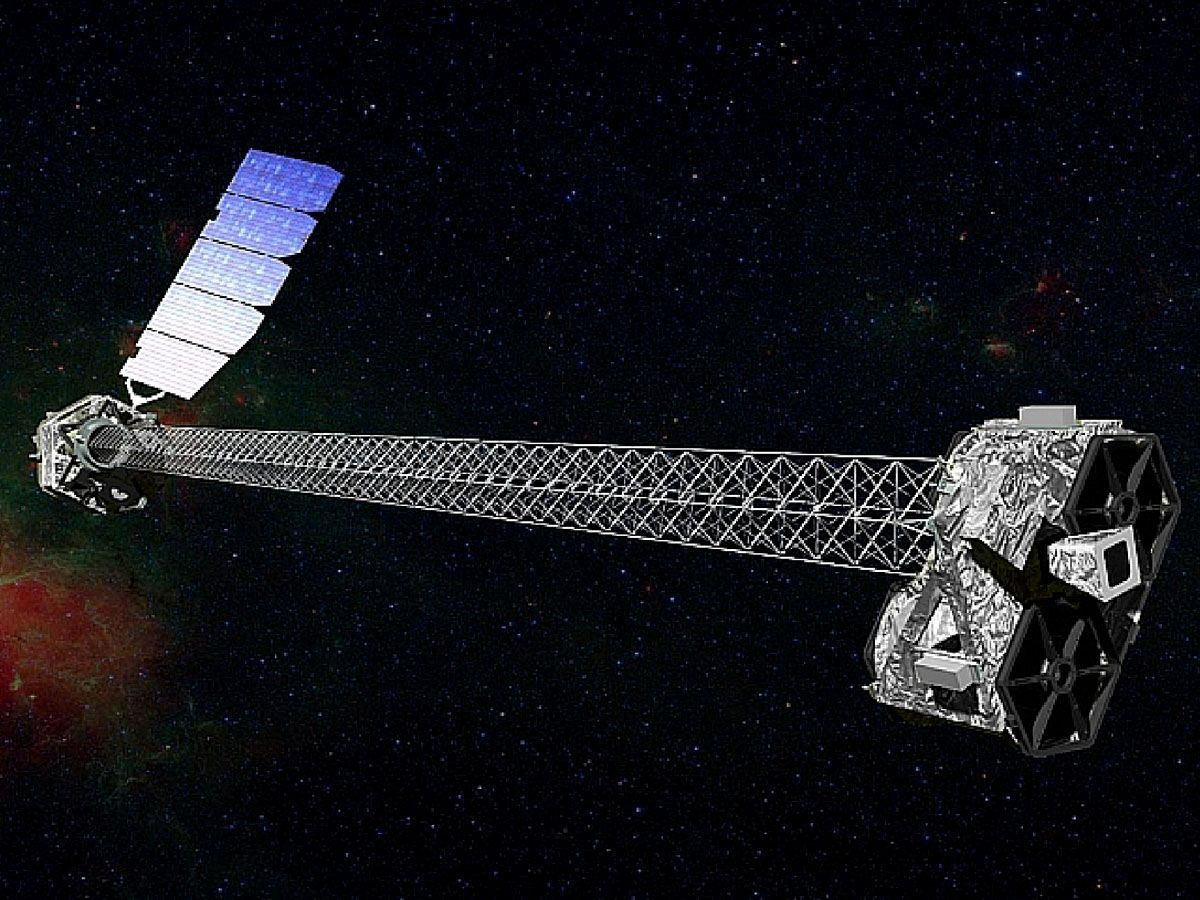
M82 X-2 serves as an excellent candidate for this method of measurement, as its extraordinary brightness and classification as a neutron star make it an ideal laboratory for studying mass transfer rates in ULX systems. Through careful analysis of orbital decay and other data collected by NuSTAR, scientists can continue to refine their understanding of the processes that drive the enigmatic behavior of ultra-luminous X-ray sources.
The pursuit of understanding the enigmatic behavior of ultra-luminous X-ray sources and their ability to surpass the Eddington limit is a vital endeavor in the scientific world. It is through such investigations that we continue to expand our horizons, fuel our curiosity, and ultimately, deepen our appreciation for the wondrous cosmos that surrounds us.
Sources: iopscience.iop.org / jpl.nasa.gov / space.com
